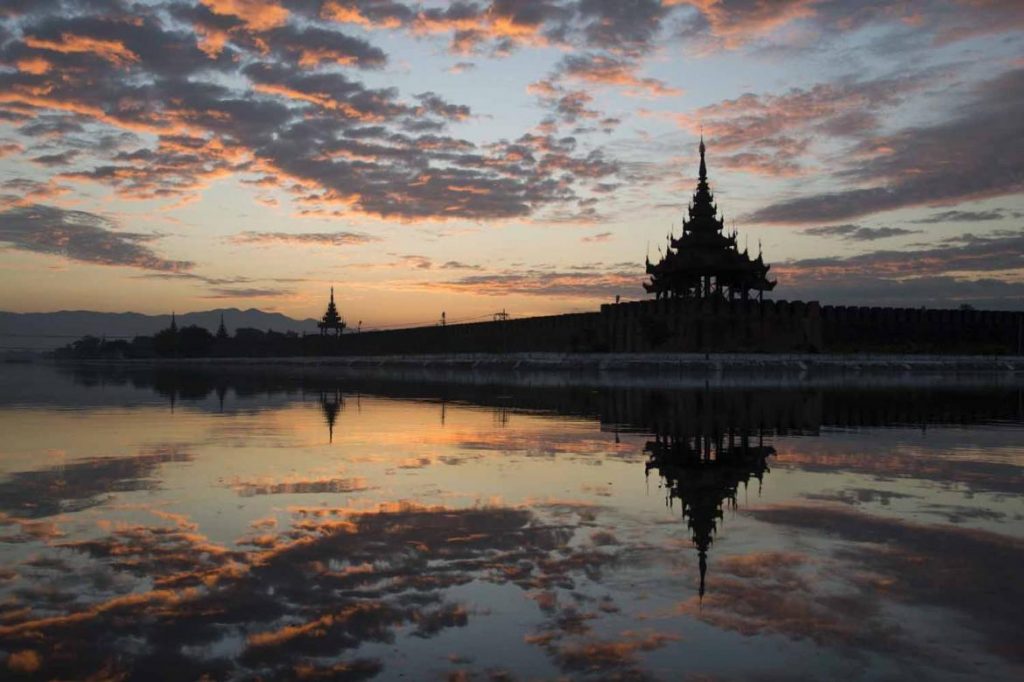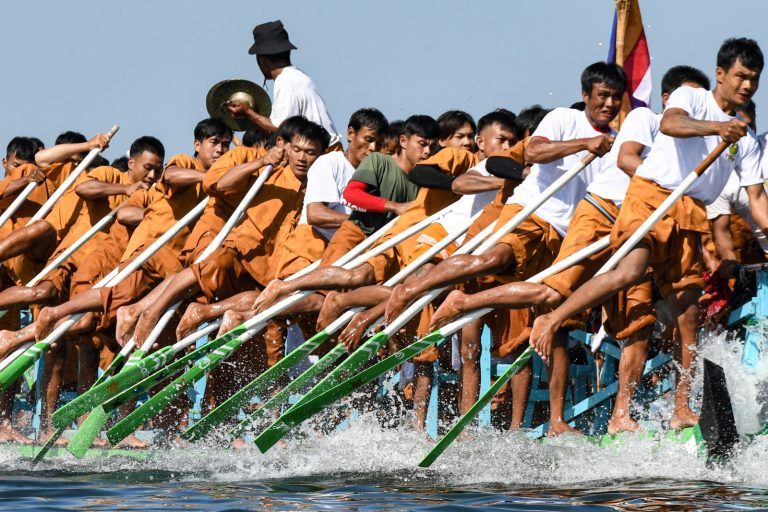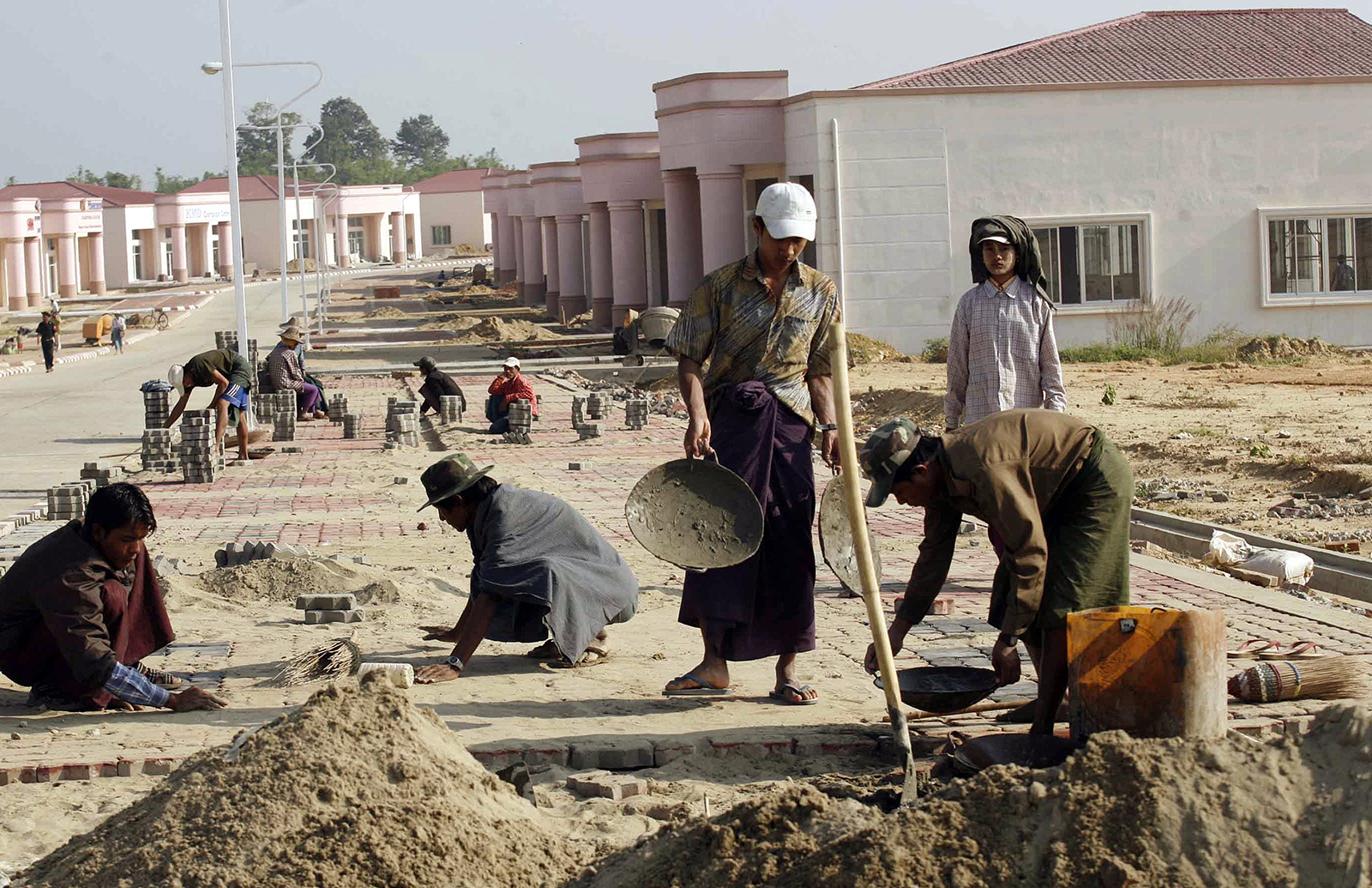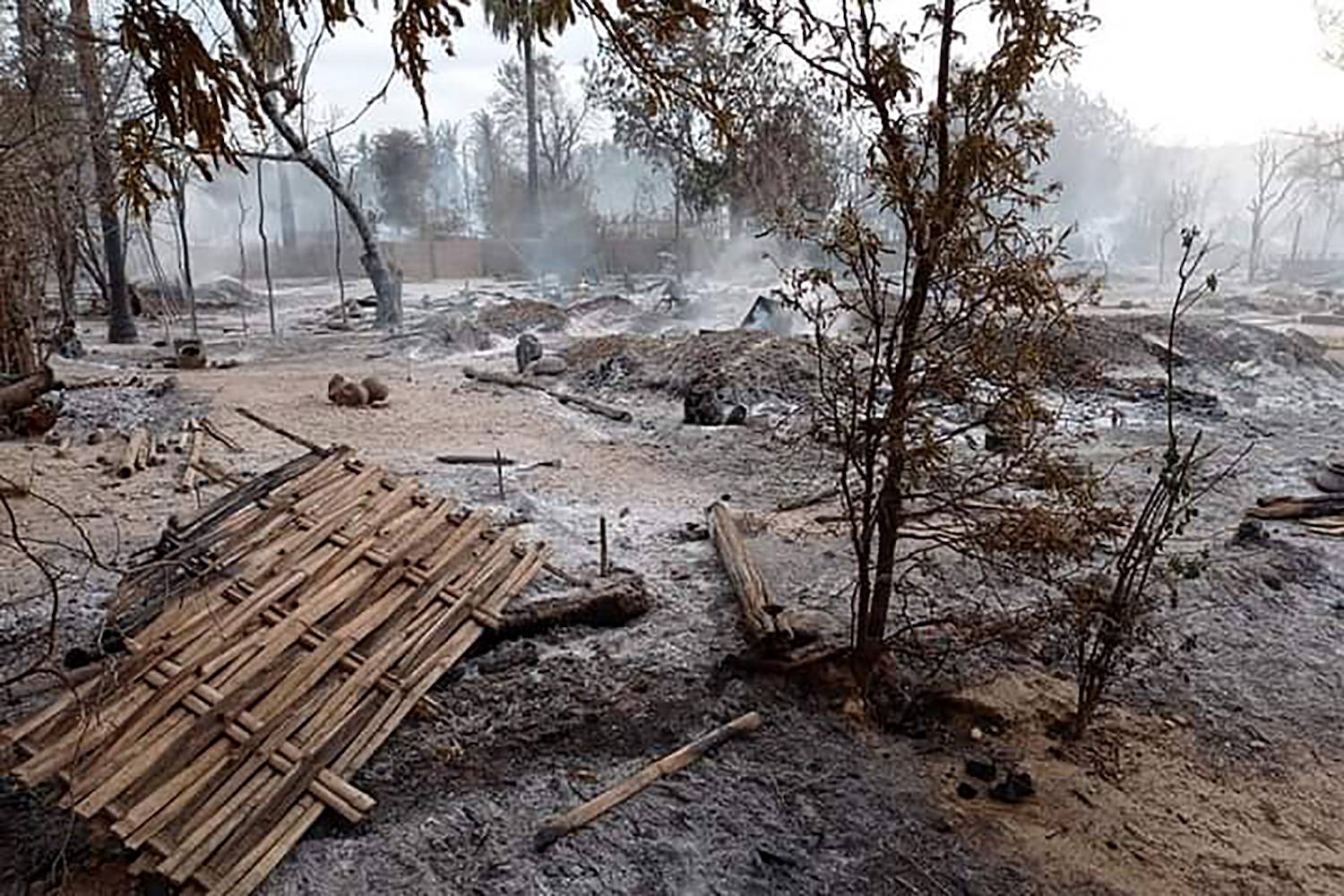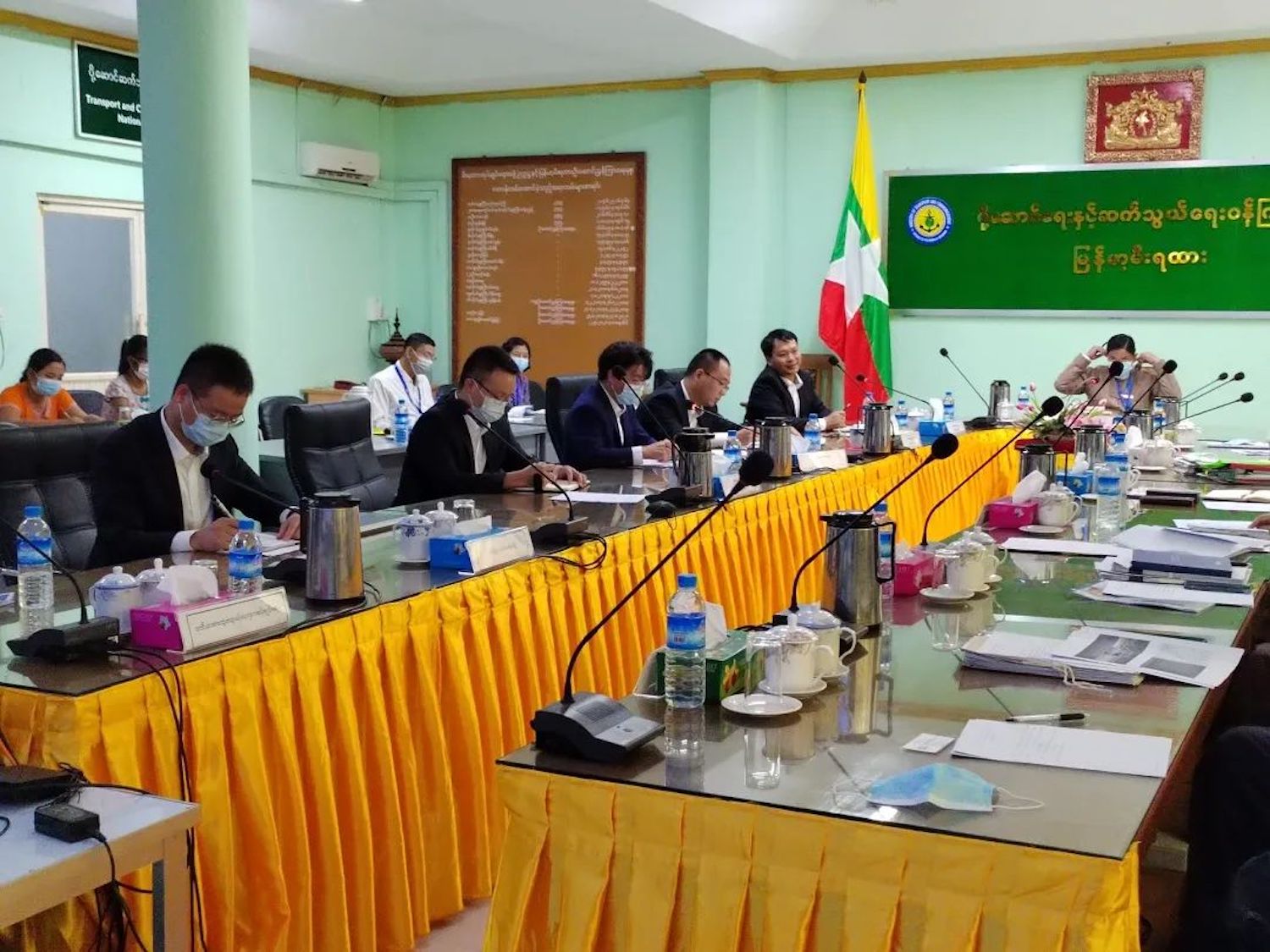Mandalay is not the tropical paradise that many envision but there’s more to it than simply pagodas, temples and U Bein’s Bridge.
By DAVID MITTBURGH | FRONTIER
IT MAY not have the star power of unique Inle Lake or the ancient temples of Bagan, but Mandalay – the last royal capital and the country’s second-largest city – is an important stop on the tourist trail.
Its name alone means few visitors are likely to skip over it – Mandalay is probably the country’s most famous city among those living outside its borders. Much of this fame seems to rest on mistaken identity, though.
“Mandalay” has become shorthand for the exotic. Rudyard Kipling titled one of his best-known poems “Mandalay”, though it was set in Mawlamyine. (George Orwell also set one of his least-known works in Mandalay, though as it is a cringe-worthy ditty about haggling with a sex worker, it seems to have escaped inclusion in the modern literary canon.)
The Kipling poem was later turned into a song, sung by a number of artists including Frank Sinatra (who naturally managed to slip in references to “cats” and “broads”). Nevertheless, this did much to spread its name.
Support more independent journalism like this. Sign up to be a Frontier member.
Mandalay has continued to resonate to a Western audience. Developers used it for the 43-storey “Mandalay Bay” resort on the Las Vegas Strip. Built in 1999, the resort boasts the shark reef aquarium, the Michael Jackson ONE show, and no apparent relationship with its namesake city.
Mandalay Bay, for instance, has an artificial beach, with 2,700 tonnes of sand spread across 11 acres. This is about 2,700 tonnes more than Mandalay has, given it’s hundreds of kilometres from the ocean.
Though hardly the city’s fault, the fame of the name Mandalay obscures what the place is actually about. Visitors expecting to be transported to a real-life Agrabah will invariably be disappointed, yet Mandalay has a fascinating heritage and is a worthwhile destination in its own right.
The catch is that it’s not apparent at first glance. It’s sprawling and dusty, and can be a difficult place for visitors to penetrate. There are hardly any taxis, and the streets can be difficult to walk — although you’ll occasionally spot tourists in the baking sun, Lonely Planet in hand, striding toward some impractically distant destination.
However, describing Mandalay as an uninspiring mass of concrete is just as misguided as the image of it as an Oriental oasis. Mandalay is full of wonderful people and interesting places to visit.
Some sights, such as U Bein Bridge, Mandalay Hill and Mahamuni Pagoda are already firmly on the tourist trail, but here are a few suggestions for those hoping to get more out of their next Mandalay visit.
The other hill
Mandalay Hill is perhaps the city’s most famous landmark. About six kilometres east of the city on 19th Street, Yankin Hill is a more relaxed and less-visited option.
It’s a lush, green rise, with a flat summit that’s liberally festooned with pagodas. Surrounded by agricultural land, it feels closer to the Shan highlands than Mandalay downtown, and offers more dramatic views from the summit. It’s also quiet; unlike Mandalay Hill, there are no pickup trucks crammed with visitors gunning their way to the top in time for the sunset.
There are two options for reaching the summit. If travelling by car or motorbike, you can head to the rear of the hill (coming from Mandalay) and take the winding road to the top. For a more rewarding, if challenging, experience, park at the bottom of the hill and hike up the stairs on the west side.
A date at Dee Dote
One of the best ways to escape the heat and dust of the city is to head out to Dee Dote waterfall. It’s a stunning spot: bright blue water tumbles down from the Shan highlands, before meeting the Myitnge River, and flowing through the lowlands past the ancient city of Inwa and into the Ayeyarwady River.
On most days the place is secluded and calm. Except at the height of dry season there’s usually enough water to take a dip in the blue pools. But the charm of Dee Dote is more as a spot to relax with friends. A number of local entrepreneurs have set up huts providing meals and drinks next to the waterfall.
Finding Dee Dote is tricky, but not impossible; helpfully, it’s now marked on Google Maps. Head out of Mandalay on the road to Pyin Oo Lwin for about 45 minutes. Just before the highway starts to ascend the mountains, turn south along a road that ru.
The waterfall is a 15-minute hike from the road. Apparently many come in inappropriate footwear, such as high heels, but luckily, there’s a woman on the path who rents out sandals.
On your bike
Much of Mandalay’s charm is away from the downtown core, in the quieter areas toward the edge of town. The challenge is getting there.
Mandalay was once a city of bicycles, but today they are vastly outnumbered by motorbikes. A few shops rent motorbikes to foreigners, including Mandalay Motorbike Rental and Tours, and it’s great fun to zip around town after spending 37 hours a day stuck in Yangon’s traffic jams.
Another option is to join a guided bicycle tour with Grasshopper Adventures. The company offers everything from half-day peddles past paddy fields in search of local food to three-day trips to Bagan. A guided tour helps avoid the worst of Mandalay’s traffic while taking you to parts of the city you would otherwise not see.
Ready, aim, fore!
With less green space than even Yangon, Mandalay is not an obvious place for outdoor activities. A morning walk around the moat or evening stroll up Mandalay hill is pleasant enough, and there are also a few golf courses around the city at which you can stretch your legs. In the shadow of Mandalay Hill, the driving range is both attractive and reasonably priced.
One of the most exciting outdoor pursuits in Mandalay is the Ant Paintball Club. Located east of Yankin Hill, near the horse riding club two fields, liberally dotted with oil drums and rusted-out cars. It’s best to call ahead to avoid disappointment.
This article originally appeared as part of Discover Myanmar, Frontier’s special report on the tourism industry. Top photo: AFP


